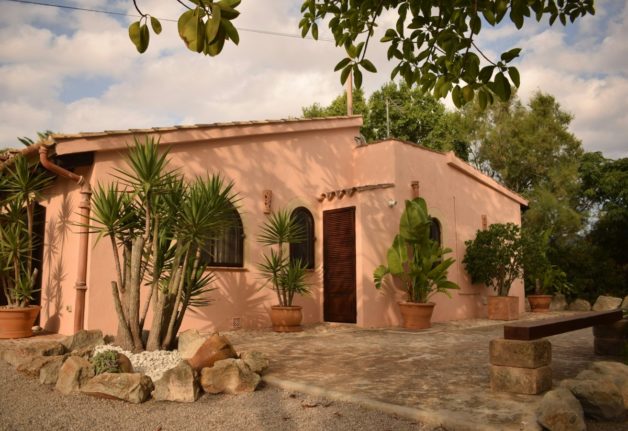Spanish media said property magnate Wang had offered €260 million ($362 million) to the owner, Spanish banking giant Santander, to buy the 25-storey Edificio España (Spain Building).
"There is an offer by Wang Jianlin through his real estate group Dalia Wanda, but there are also other offers," a source close to the matter told AFP, declining to confirm the amount.
The president of the Madrid region, Ignacio González, said a deal had been struck by Wanda and Santander, but business sources would not confirm this.
The white and red brick tower of offices and apartments, completed in 1953 under the dictatorship of Francisco Franco, dominates one end of the Plaza de España square in western Madrid.
It has stood empty since 2006, a symbol of the 2008 real estate collapse that thrust Spain into a double recession.
The purchase of the building "could give an enormous boost" to the neighbourhood, González told reporters.
Wang, formerly a senior member of China's ruling Communist Party, was ranked the richest man in China and 26th richest in the world, with personal wealth estimated at $14 billion, business magazine Forbes said last month.
In 2012 he bought US cinema chain AMC Entertainment.
If the reported price tag for the Spain Building were confirmed, it would be a heavy mark-down on the €389 million Santander paid for it in 2007, just before Spain's building boom went bust.



 Please whitelist us to continue reading.
Please whitelist us to continue reading.
Member comments